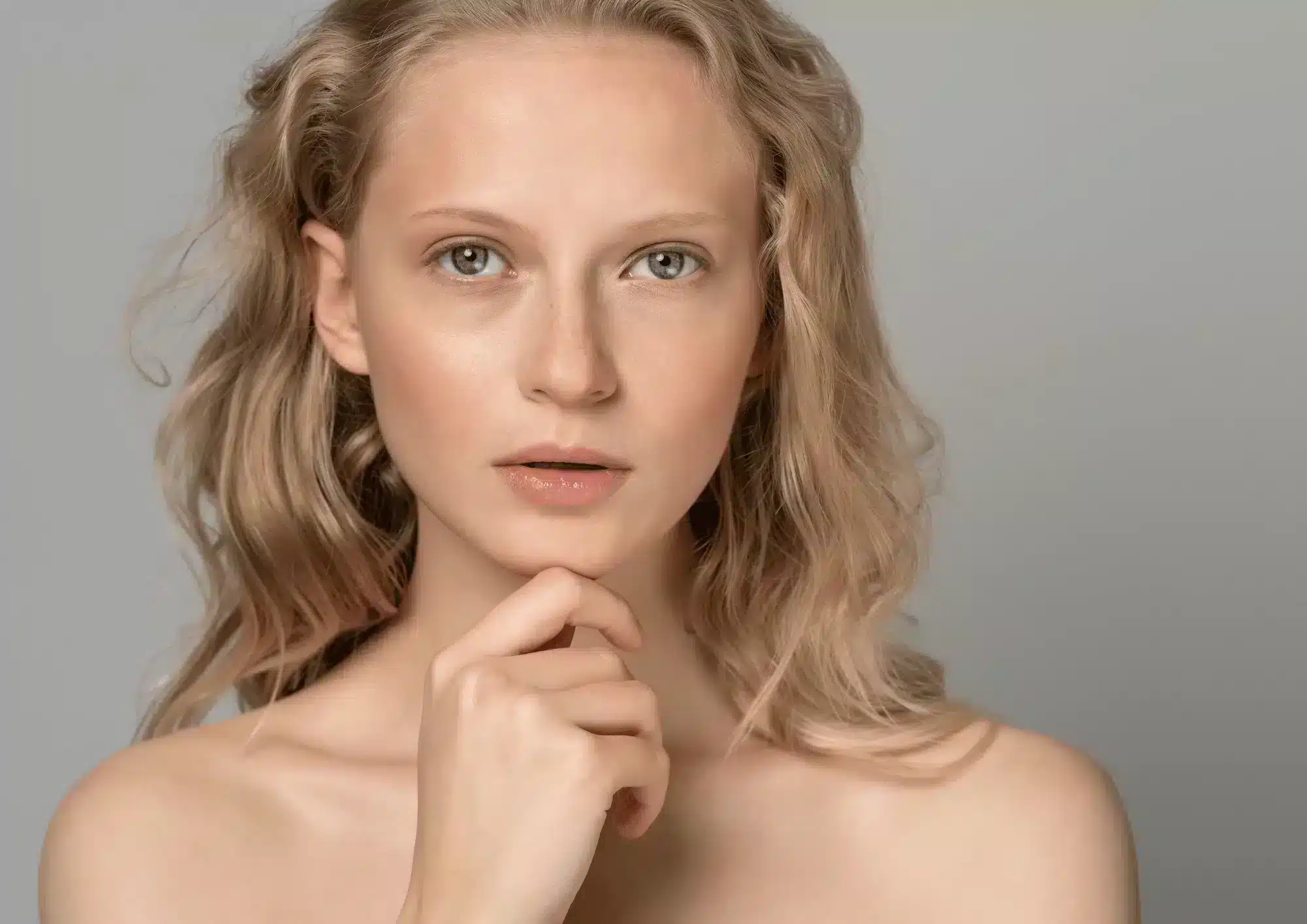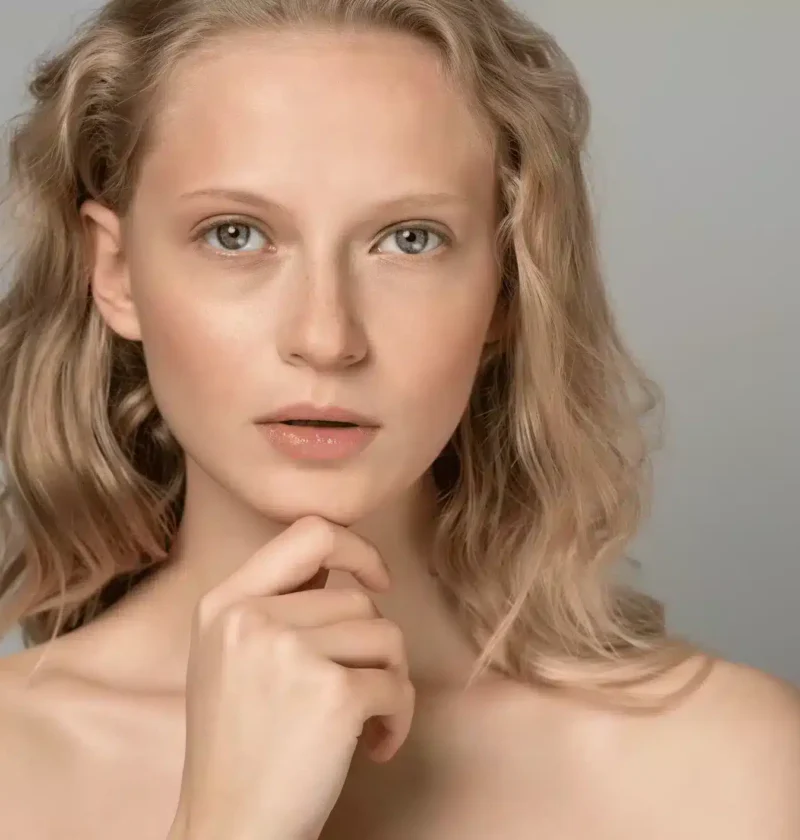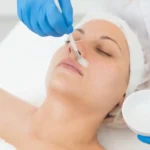
Restylane can help you avoid surgery
The gold standard for treatment of marionette lines are surgical procedures to tighten and lift the skin. However, the same effects can now be achieved in a non-surgical manner with injectable dermal fillers like Restylane. Restylane replenishes volume to the face, producing a lifted effect and smoothing skin depressions. By providing three-dimensional treatment, Restylane also provide more youthful and natural results. These simple, in-office procedures (popularly known as liquid facelifts) are a quick and convenient way for patients to correct their lines. Another advantage to this procedure is that the results are relatively durable but are reversible if the patient is in any way unsatisfied with their results. What’s more, treatment is highly personalized and should be evaluated on a case-by-case basis, allowing each patient to attain the look they desire.
Why treating marionette lines with Restylane is so popular?
Marionette lines (also known as melomental folds) form in the lower face, starting from the oral commissures and extending downwards in a curvilinear line. Like the mouth lines on a marionette doll, these wrinkles tend to occur alongside a downturn of the lateral lip corners, causing the mouth to appear to be turned downwards. This leads to an undesirable aged or sad look. The cause of marionette lines has not been elucidated, but likely stems from repetitive facial expressions and develops as a consequence of age-related factors, such as skin laxity and loss of volume in skin tissues. Additionally, their formation can be accelerated by external factors, like exposure to ultraviolet light and smoking. As such, it is not surprising that the marionette lines are one of the greatest areas of concern in the aging population.
How does treatment with Restylane for marionette lines goes about
Treatment with Restylane begins with a consultation, where the patient puts forward their concerns and the practitioner assesses and evaluates the issue to see if Restylane is right for them. The practitioner can make use of a rating scale to objectively measure the severity of the marionette lines, so as to properly monitor and measure treatment outcomes. Moreover, a treatment plan is outlined, and any planned injection sites are marked out with a marking pen. The face is then cleansed and disinfected with an antiseptic, and pain relief measures, like numbing cream or lidocaine injections, are given if necessary. Then, Restylane is injected into the wrinkle, with the needle inserted into the skin at a 30° angle along the wrinkle, employing the appropriate technique for injection (serial puncture, linear threading, or a combination of the two). If treating superficial lines in the corners of the mouth, a good approach is to thread a filler into the superficial to mid dermis layer of the crease, and then infiltrate small amounts of filler into the larger oral commissure area, so as to provide support. If the patient also presents sunken corners or the mouth (resulting in a downturned look), fillers can be used to lift the oral commissures via the cross-hatching or fanning techniques. While injecting, the practitioner can better visualize the area by elevating the affected area with the non-injecting hand to reduce the look of any sagging skin.
In conclusion, injectable dermal fillers like Restylane are a novel approach and an excellent addition to the aesthetic doctor’s armamentarium for lower facial rejuvenation and particularly addressing marionette lines
Aesthetic medicine products are developed and regulated to meet stringent safety and efficacy standards. They are typically administered by trained healthcare professionals such as dermatologists, plastic surgeons, and specialized nurses in clinical settings. These products aim to provide effective solutions for cosmetic enhancement, skin rejuvenation, and overall aesthetic improvement, contributing to both physical appearance and self-confidence.
Key categories of aesthetic medicine products include:
-
Injectables: This category includes products such as dermal fillers, botulinum toxins (e.g., Botox), and collagen stimulators. These injectables are used to smooth wrinkles, add volume, and improve facial contours.
-
Skin Rejuvenation Treatments: Products like chemical peels, microdermabrasion systems, and laser devices are used to improve skin texture, reduce pigmentation irregularities, and enhance overall skin tone.
-
Skincare Products: These include medical-grade cleansers, moisturizers, serums, and topical treatments containing active ingredients like retinoids, antioxidants, and growth factors. They are formulated to address specific skin concerns such as acne, aging, and hyperpigmentation.
-
Hair Restoration Products: Medical treatments and products designed to promote hair growth and treat conditions such as male and female pattern baldness.
-
Body Contouring and Fat Reduction: Devices and products used for non-surgical body sculpting, such as cryolipolysis (cool sculpting) devices and injectable lipolytics.
-
Cosmeceuticals: High-performance skincare products that bridge the gap between cosmetics and pharmaceuticals, often containing potent ingredients with proven clinical benefits.
-
Wound Care and Scar Management: Products like silicone sheets, gels, and advanced wound dressings used to improve healing and reduce the appearance of scars.





